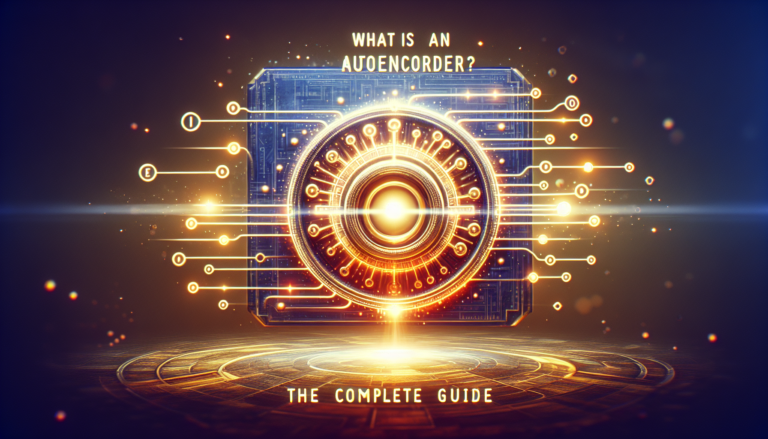The silent Li-Fi revolution: light connectivity of tomorrow
Introduction to high-tech lighting
It is a fact little known to the general public, but Li-Fi (acronym for Light Fidelity) is among the most promising wireless transmission technologies to date, although its first tests date back to 2005. It was developed in the shadows, far from the limelight that usually illuminates major technological advances. Its ability to outperform conventional Wi-Fi is impressive, with speeds that could theoretically outperform it by more than a hundred times.
Decoding Li-Fi Technology

The general public is struggling to grasp the contours of Li-Fi, an avant-garde wireless communication method that relies on light for the exchange of digital data. Compared to its cousin Wi-Fi, which uses radio waves, Li-Fi stands out by exploiting the potential of the visible light spectrum. This alternative offers a way to reduce congestion in the electromagnetic spectrum, while making transfers faster and more secure.
New organic approach
A notable recent advancement in the field of Li-Fi is the emergence of an organic system that combines mixed white lighting with color-selective photodiodes using OLED technology. This organic system ushers in an era of less interference and increased adaptability to various contexts of use.
The range of potential applications

Many industries could benefit from this revolutionary technology — whether to optimize energy consumption, enhance transportation safety through more reliable vehicle-to-infrastructure communications, or introduce innovations in telemedicine and patient monitoring. The advantage is not limited to specialized sectors; In common environments like public spaces and offices, Li-Fi has the potential to disrupt the Wi-Fi status quo by providing a simpler, environmentally friendly and cost-effective alternative.
Facing obstacles
- Harmonization with existing infrastructure
- Constraints linked to the use of light as a transmission vector
Despite its undeniable strengths, Li-Fi still faces challenges related to integration with current infrastructures and devices. Since it is light dependent, the application of Li-Fi faces limitations in mobile or dark contexts.
The path to innovation
Continued investment in research is essential for Li-Fi to reach its full potential. Institutional and commercial support is crucial to improve compatibility with other technologies and promote its development. The future impact of Li-Fi, as a major vector of innovation, appears to be most promising.
In conclusion, with its promise of speeds far surpassing Wi-Fi, Li-Fi is emerging as a key driver for the evolution of wireless communications and high-speed data transmission. Its promising journey will lead us towards an era where light will serve much more than our sight, becoming the key to ultra-fast and secure wireless connectivity.






